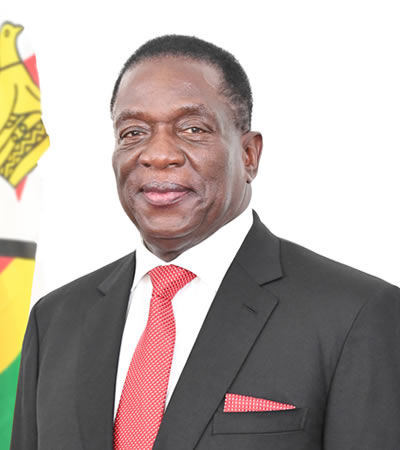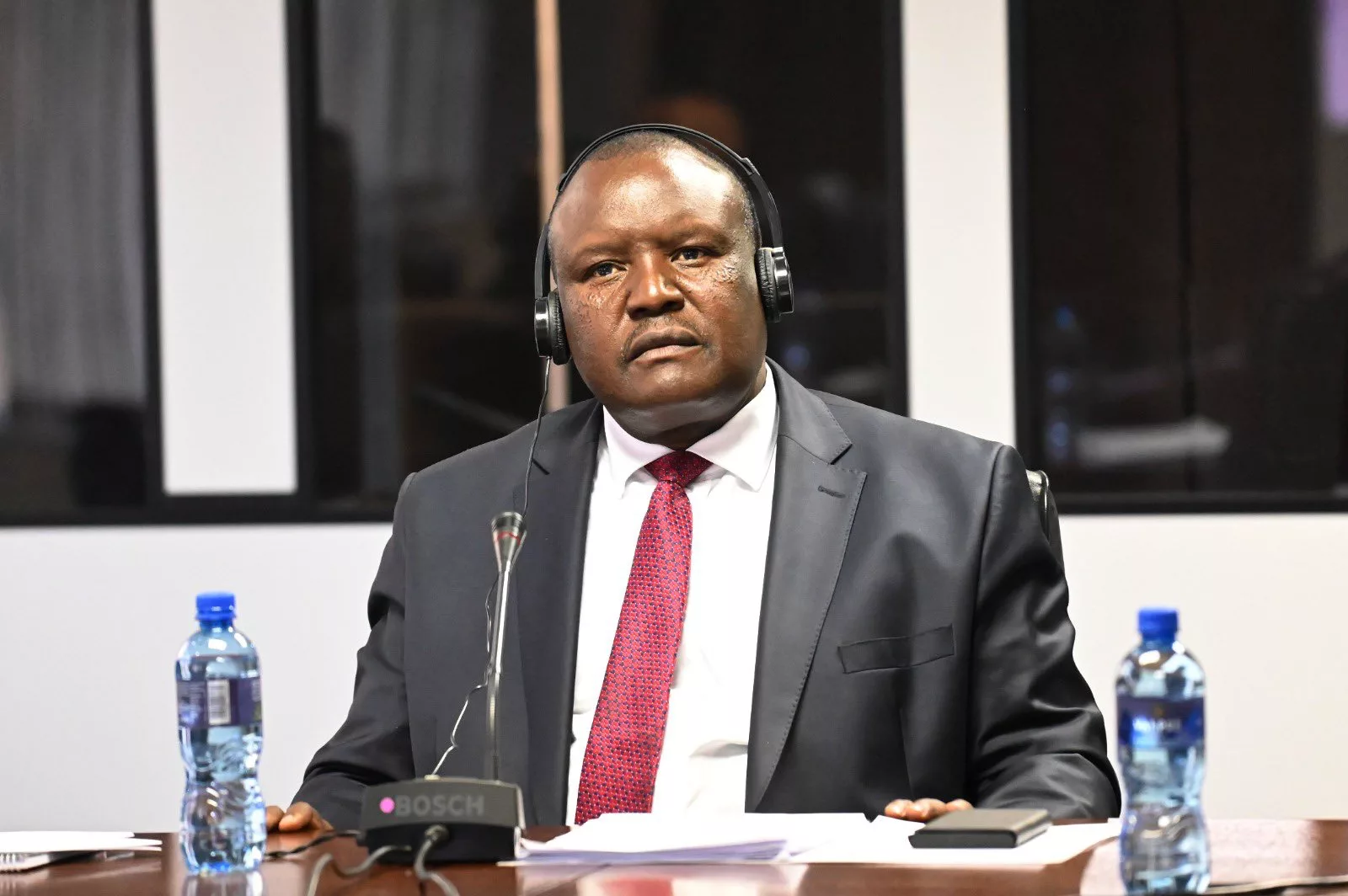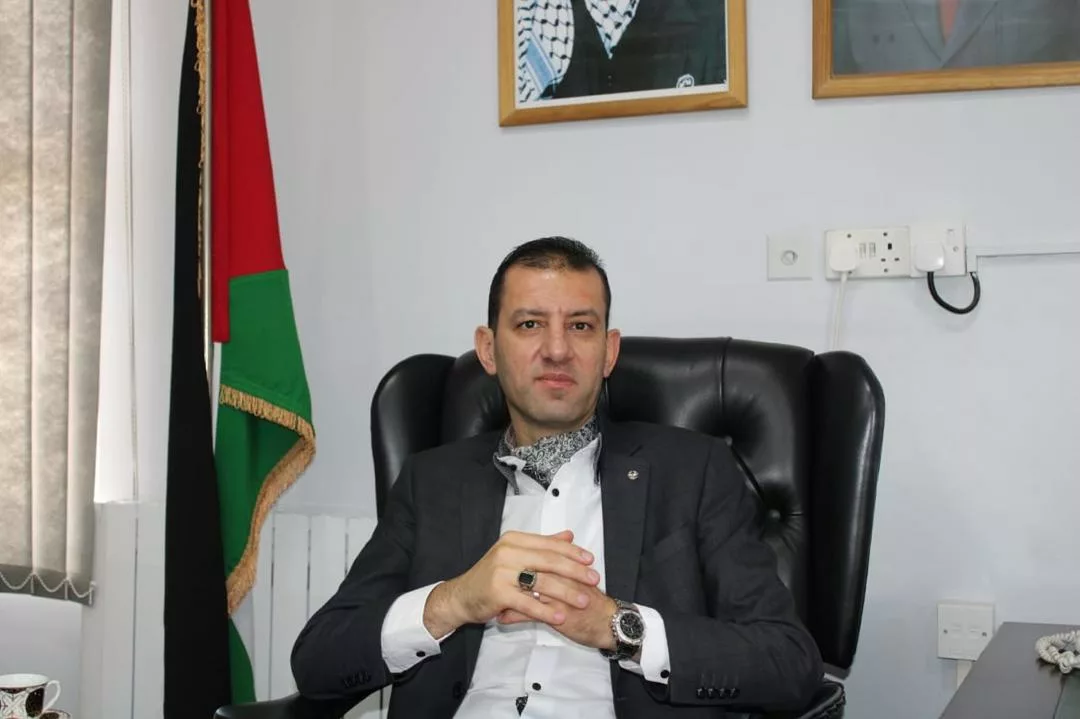|
Getting your Trinity Audio player ready...
|
Writes Dr. Tinashe Muzamhindo
Introduction:
The upcoming SADC (Southern African Development Community) summit in Zimbabwe marks a significant milestone for President Mnangagwa as he assumes the chairmanship of this influential regional organization. This article explores the importance of this event and its potential to reinforce Zimbabwe’s Vision 2030, a comprehensive development plan aimed at transforming the country’s economy and improving the livelihoods of its citizens. By analyzing ten key points, along with additional factors, we will delve into how President Mnangagwa’s leadership during the SADC summit can contribute to Zimbabwe’s overall progress.
1. Strategic Reengagement:
President Mnangagwa’s ascendancy to the SADC chairmanship presents an opportunity for strategic reengagement with regional partners. Through active participation in SADC meetings and initiatives, Zimbabwe can rebuild trust and strengthen relationships with neighboring countries. This strategic reengagement will not only enhance political and economic cooperation but also foster regional stability and peace. For instance, by addressing common challenges such as cross-border trade barriers and security issues, Zimbabwe can create an enabling environment for investment and economic growth.
2. Cementing Relations:
The SADC summit provides a platform for President Mnangagwa to cement relations with other member states. By engaging in dialogue and promoting mutual understanding, Zimbabwe can foster closer ties with neighboring countries. These strengthened relations can lead to increased trade and investment opportunities, as well as collaborative efforts in various sectors such as agriculture, infrastructure development, and healthcare. For example, by forging partnerships with countries known for their expertise in specific industries, Zimbabwe can tap into their knowledge and experience, accelerating its own development.
3. Regional Integration:
President Mnangagwa’s chairmanship of SADC offers an opportunity to promote regional integration. By advocating for the implementation of regional policies and agreements, Zimbabwe can contribute to the establishment of a seamless regional market. This integration will facilitate the movement of goods, services, and people across borders, leading to increased trade and economic growth. Furthermore, regional integration will enable Zimbabwe to benefit from shared resources and expertise, fostering innovation and technological advancement.
4. Putting Zimbabwe on the International Map:
The SADC summit provides a platform for Zimbabwe to showcase its potential and attract international attention. As President Mnangagwa assumes the chairmanship, the international community will be closely watching the country’s progress and commitments to regional cooperation. By demonstrating its commitment to good governance, democratic principles, and economic reforms, Zimbabwe can improve its global reputation and attract foreign direct investment. This increased international visibility can also open doors for partnerships and collaborations with countries and organizations outside the SADC region.
5. Leveraging Strategy to Propel Zimbabwe:
President Mnangagwa’s leadership during the SADC summit offers an opportunity to leverage strategic plans and policies to propel Zimbabwe towards its Vision 2030 goals. By aligning regional efforts with national development priorities, Zimbabwe can tap into the resources and expertise of SADC member states to fast-track its own progress. For instance, by sharing best practices in sectors such as agriculture, manufacturing, and tourism, Zimbabwe can adopt innovative approaches that have proven successful in other SADC countries. This knowledge exchange can accelerate the achievement of Vision 2030 targets and improve the overall well-being of Zimbabweans.
6. Matching Global Standards:
The SADC summit provides a platform for Zimbabwe to benchmark its policies and practices against global standards. As President Mnangagwa assumes the chairmanship, the country can learn from the experiences of other SADC member states and align its regulations and systems accordingly. By adopting international best practices in areas such as governance, human rights, and environmental sustainability, Zimbabwe can enhance its credibility on the global stage. This alignment with global standards will not only attract foreign investment but also promote international cooperation and partnerships. Zimbabwe can leverage the SADC summit to showcase its commitment to sustainable development and position itself as a responsible global player.
7. Strengthening Infrastructure:
President Mnangagwa’s chairmanship of SADC presents an opportunity to prioritize and strengthen infrastructure development in Zimbabwe. By advocating for regional infrastructure projects and partnerships, such as the construction of roads, railways, and energy networks, Zimbabwe can improve its connectivity and enhance its competitiveness. This focus on infrastructure will not only benefit Zimbabwe but also contribute to regional integration and economic growth across the SADC region.
8. Promoting Trade and Investment:
The SADC summit offers a platform for President Mnangagwa to promote trade and investment opportunities in Zimbabwe. By showcasing the country’s investment potential, economic reforms, and business-friendly environment, Zimbabwe can attract foreign investors and expand its export markets. This increased trade and investment will contribute to job creation, technology transfer, and overall economic growth. Furthermore, by leveraging SADC’s regional integration efforts, Zimbabwe can tap into the larger market of SADC member states, creating even more business opportunities.
9. Enhancing Agricultural Productivity:
Agriculture plays a vital role in Zimbabwe’s economy, and the SADC summit provides an opportunity to enhance agricultural productivity. By sharing knowledge, best practices, and technological advancements in agriculture, Zimbabwe can improve its farming methods, increase yields, and ensure food security. The summit can also facilitate discussions on regional agricultural cooperation, such as joint research and development projects, resource-sharing, and market access, which will benefit farmers and enhance the overall agricultural sector in Zimbabwe.
10. Strengthening Health Systems:
The SADC summit can also serve as a platform to address health challenges in Zimbabwe and the region. President Mnangagwa can advocate for increased cooperation in healthcare, including joint efforts to combat diseases, strengthen healthcare infrastructure, and improve access to quality healthcare services. This focus on health systems strengthening will contribute to the overall well-being of Zimbabweans and promote regional health security.
Conclusion:
President Mnangagwa’s ascendancy to the SADC chairmanship presents a valuable opportunity for Zimbabwe to reinforce its Vision 2030 and accelerate its development trajectory. Through strategic re-engagement, regional integration, and the promotion of trade, investment, and infrastructure development, Zimbabwe can leverage the SADC summit to propel its economic growth, improve the livelihoods of its citizens, and enhance its global standing. As President Mnangagwa assumes this leadership role, the country has the chance to showcase its commitment to regional cooperation, align with global standards, and forge partnerships that will contribute to a prosperous and sustainable future.
Dr Tinashe Eric Muzamhindo is an author, businessman, and strategist and he is the Head of the Zimbabwe Institute of Strategic Thinking – ZIST. He can be contacted at [email protected]






